
The further processing of glass bottles is mainly based on the design requirements of customers and the use of the environment, to carry out targeted beautification work.There are many methods of decoration processing, and the choice of processing methods depends on the customer's requirements.
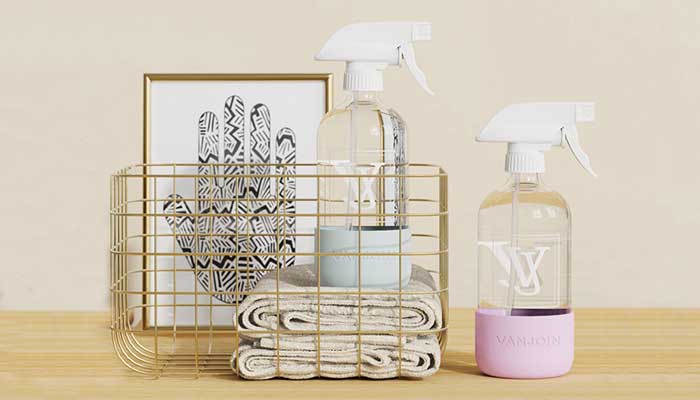
Introduction of frosted glass bottle process
Glass frosting:Glass frosted is a process in which glass surface is uniformly chemically eroded by a solution made of glass frosted powder. Frosted can improve the added value of glass, through the frosted glass surface to form a layer of uniform semi-permeable sand surface layer;The main reaction substances are (NH4) 2SO4, NH4F, HF, HCl, etc.The appearance of the bottle has a certain hazy sense, increase the aesthetic effect.This processing method can also increase the firmness of spraying, electroplating and other subsequent processing.
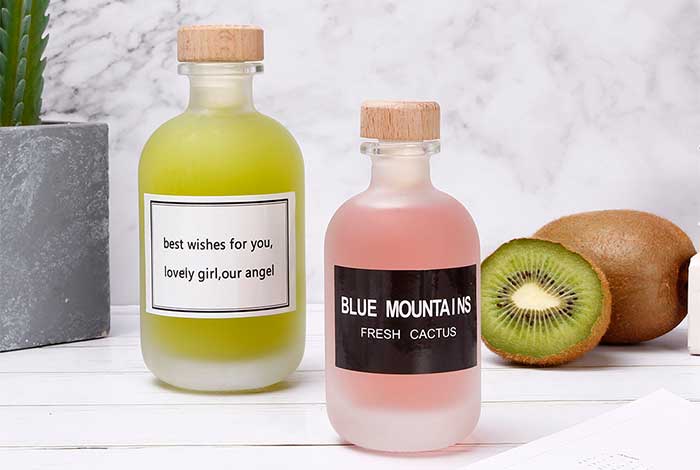
Process flow:Degreasing pretreatment → Frosted→ Spray → Soak → Cross Spray and Soak → Pure water cleaning → Drying → Checking bottle → Packing
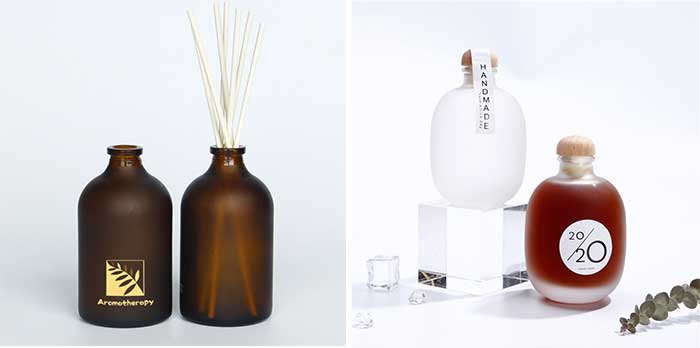
Main production problems and solutions:
Uneven frosted is due to the corrosion depth is not the same, the performance of sand surface thickness is different.Uneven frosting fluid: the old frosting fluid is added to the newly prepared frosting fluid which is not completely matured, resulting in uneven frosting fluid.With hydrofluoric acid as the main strength of the sanding fluid, due to the sanding reaction speed is very fast often when the bottle is driven by the chain through the sanding fluid, the positive direction of the side is faster than the opposite direction of the side of the reaction will cause uneven sanding.
Solution:Hydrochloric acid and hydrofluoric acid were added in proportion to accelerate the maturation and dissolution of the sand solution.Add old sanding solution to neutralize the strength.
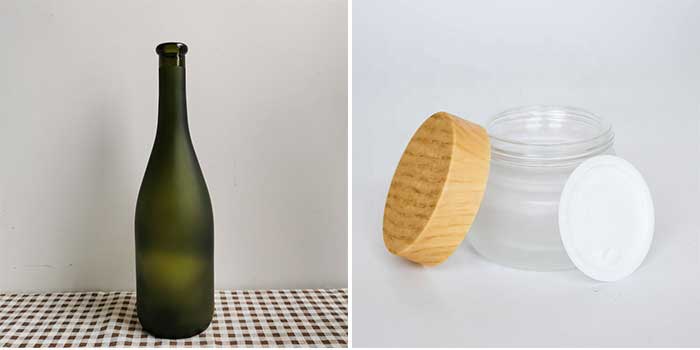
pervious to lightThe bottle body is caused by foreign body/sand solution/acid pickling.Oil pollution on the bottle body: after sanding, there is generally a large area of regular semi-transmittance. In the process of sanding, the place without oil pollution reacts with the sanding solution first, while the place with oil pollution is decomposed by hydrofluoric acid first and then reacts with the sanding solution. That is, the reaction time of the two places with the sanding solution is different, and what you see is regular semi-transmittance.
Solution: pickling, mainly according to the severity of the oil pollution is divided into two methods.
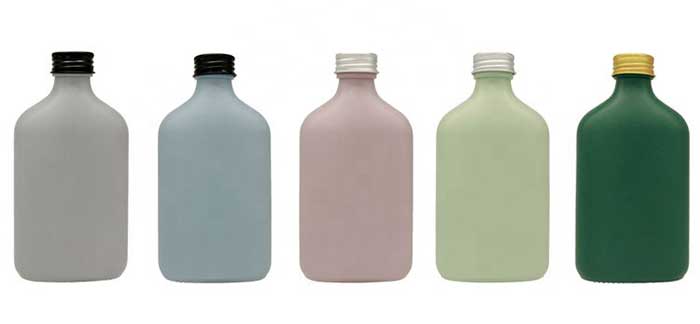
1. Mild, acid pickling pretreatment acid proportion of hydrofluoric acid 7%, hydrochloric acid 5%, water 88%.Note: Hexafluorosilicate is attached to the surface of the bottle by hydrofluoric acid decomposition of oil and glass, and Hexafluorosilicate is dissolved by hydrochloric acid.
2, heavy, acid pickling pretreatment acid ratio of hydrofluoric acid 12%, hydrochloric acid 5%, water 85%, and then add a water bath.Note: the hydrofluoric acid concentration is more than 12% of the corrosion of glass become uneven, the six fluorosilicate too late by hydrochloric acid dissolved in a short time, so have to again after a bath to clean, if hydrochloric acid also increased as the hydrofluoric acid for pollution will be reduced, the effect of proportion of hydrochloric acid has a characteristic is the more oil the more hydrophilic.
Introduction to Spraying Process
Spraying: Spray a layer of uniform water-based paint coating on the surface of the product with an air gun. After the product is leveled, preheated and dried, the coating is solidified, which plays a decorative and protective role on the glass bottle.Various spraying effects of spraying to improve the appearance of the product effect.A layer of organic coating is attached to the surface of the glass bottle (glass coating is added with specified colors, additives, etc.), so as to achieve the requirements of rich colors on the glass packaging bottle, which can achieve various effects such as high gloss, matte, pearllight, transparent, gradual change and other products.
Spraying process:Bottle-on → bottle cleaning → flame treatment → electrostatic dust removal → spraying → preheating → curing → cooling → bottle down → packaging